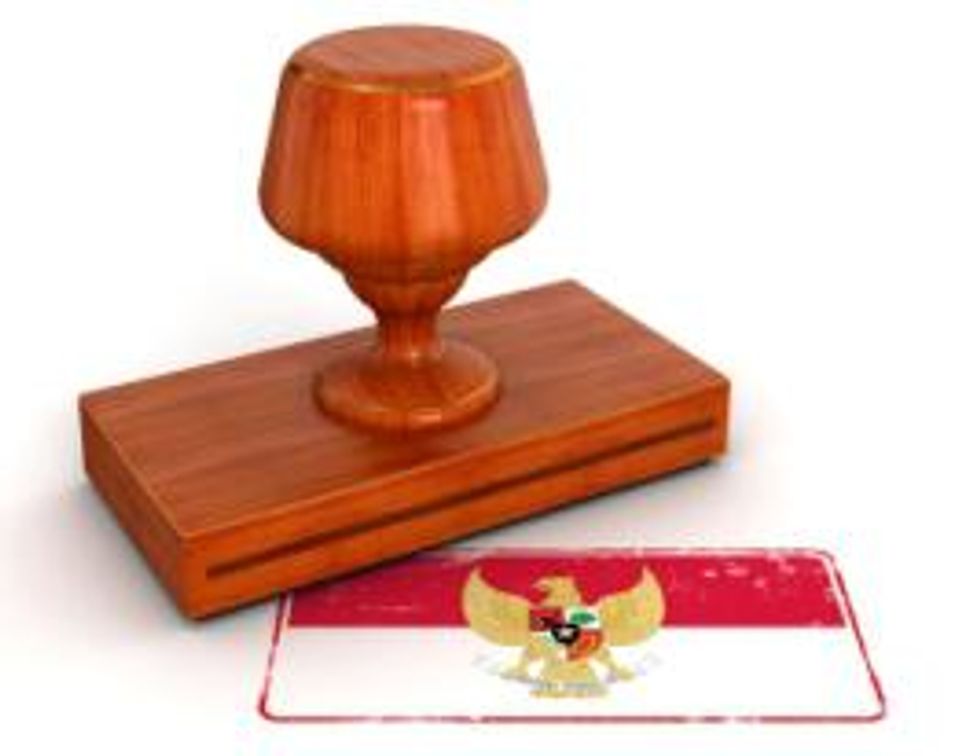Why Indonesia’s Export Ban Hasn’t Boosted Nickel Prices
Despite having put a halt to nickel exports, Indonesia’s export ban hasn’t managed to boost nickel prices.
Mining companies can get an exemption from the ban if they process ore within Indonesia’s borders, or produce a plan to do so. But even those that are exempt still face a 20 percent export tax. The new rules are aimed at increasing the country’s smelting capacity and boosting exports of higher-value finished metals.
“We were shocked when the government announced in February that nickel ore would be banned,” said I. D. Susantyo, a member of the board of directors at the Indonesian Nickel Association, as quoted by Bloomberg. “Now they said we can still export but we have to pay tax and meet other complicated requirements. It’s still killing us slowly because it will cut our margin because our buyers will pay the same price based on the international benchmark.”
When the ban was implemented, many observers thought it would boost nickel prices. It’s easy to see why: according to the US Geological Survey, Indonesia was tied with the Philippines as the world’s second-largest nickel producer in 2011, behind world leader Russia.
The country also supplied 53 percent of top consumer China’s nickel in 2011. Before the ban was enacted, the Indonesia Mining Association said that the move could push down Indonesia’s nickel ore and bauxite shipments to China by 75 percent this year. That would spur competition between China’s nickel processors as they seek out new supplies—and boost nickel prices.
Japan, the world’s third-largest economy, also relies on Indonesia for 50 percent of its nickel supply. The country recently threatened to file a complaint with the World Trade Organization over the new export rules.
Excess nickel supply, sluggish demand kept a lid on prices
So far, the ban has had little impact on nickel prices. When it was brought in on May 6, spot nickel prices were around $17,380 a tonne on the London Metal Exchange. Today, nickel is down to around $16,180 a tonne, a drop of about 6.5 percent.
That’s because, despite the ban, global nickel supplies are growing quickly as new projects continue to come onstream. French bank BNP Paribas S.A forecasts a 40,000-tonne nickel surplus this year.
“Ample inventories should continue to trend higher in the second half,” BNP senior metals strategist Stephen Briggs told Commodity Online, “and reported inventory stocks understate the true position, since unreported inventory likely accumulated in 2011 in China and Russia.”
At the same time, demand has been declining due to the weak global economy. For example, according to the latest Chinese customs figures quoted by Reuters, the country imported 48,720 tonnes of refined nickel in April, down 30 percent from a year ago.
In addition, 66 percent of the world’s nickel production is used in stainless steel. In the first quarter of 2012, stainless steel production fell 2.8 percent from a year ago, including a 22 percent decline in the Americas and a 5 percent drop in China.
Paribas sees a more balanced market in 2013, mainly because it expects miners to cut back on production in response to lower demand.
New Indonesian export rules could curb nickel pig iron use
One effect that Indonesia’s new export rules could have on nickel prices would be to curb the use of nickel pig iron (NPI).
NPI is a cheaper substitute for pure nickel, including in its main application as an additive to stainless steel. NPI use has been rising steadily in recent years, providing yet another headwind for nickel demand and prices. China, for example, now uses NPI almost exclusively.
That’s where Paul Dewison, base metals director of Australia-based research firm Intierra Resource Intelligence, sees Indonesia’s export rules as a longer-term plus for nickel prices.
In a recent Mining Weekly article, Dewison said the ban and export tax, along with rising power costs in China, could push up the cost of nickel pig iron. That would make it less attractive as a substitute for pure nickel.
“This rise in the NPI price is likely to occur despite the growth of more efficient rotary kiln electric furnace production of NPI and will, as a result, lead to a rise in nickel prices,” he says.
Dewison also thinks the current nickel oversupply will prompt producers to hold off on opening new mines after production starts at their current projects. As a result, he’s forecasting a nickel deficit after 2016.
Securities Disclosure: I, Chad Fraser, hold no positions in any of the companies mentioned in this article.





